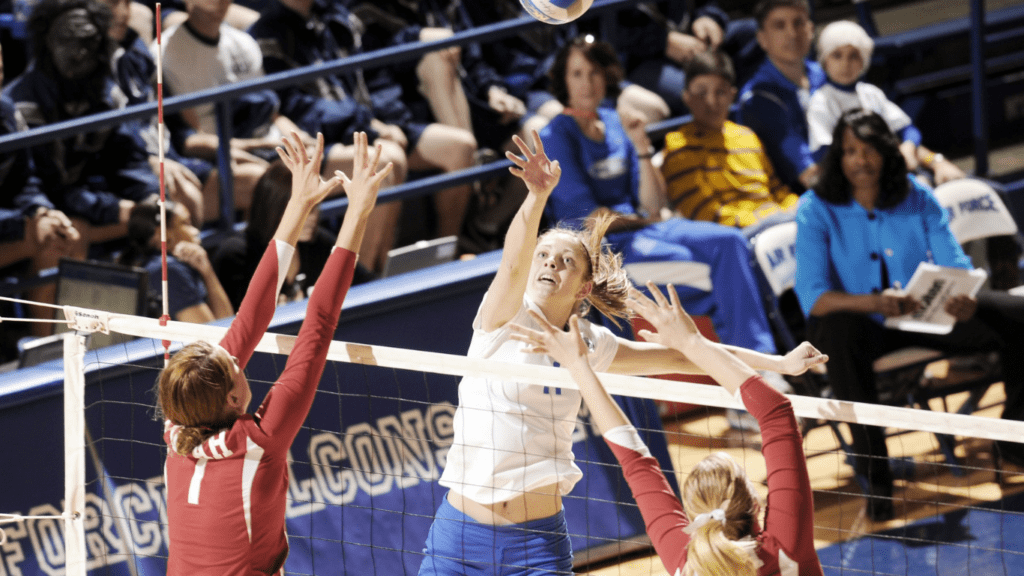Analyzing Competitive Strategies in Sports
Competition within the sports sector intensifies each year, especially during the summer. Let’s explore the strategic approaches that amplify this dynamic environment.
Understanding the High Stakes
High stakes define the sports industry’s landscape. Teams invest significantly in talent acquisition, technology, and training.
The financial implications are immense, with clubs spending millions on premier players and cutting-edge facilities.
Media rights, sponsorships, and merchandise sales also contribute to the high-risk, high-reward scenario.
For example, the English Premier League secured a $2 billion broadcasting deal, amplifying competitive pressure to perform on and off the field.
Strategic Approaches Adopted by Various Teams
Teams adopt diverse strategies to maintain a competitive edge. Investing in youth academies, focusing on data analytics, and embracing innovative training methods are common practices.
Barcelona’s La Masia academy and its success in nurturing talent like Lionel Messi exemplify this.
Additionally, leveraging advanced metrics and performance data helps teams optimize player fitness and match strategies.
Partnerships with tech firms provide access to tools like wearable technology and VR training, enhancing player performance and recovery.
The use of social media for fan engagement also plays a crucial role, with clubs like Real Madrid boasting over 100 million followers on Instagram.
Key Players and Their Roles
Key players significantly shape the competitive dynamics during the summer sports season. Their impact extends from the field to the management suites.
Star Athletes and Their Contributions
Star athletes drive team performance with their skills, leadership, and marketability.
- Lionel Messi and LeBron James elevate their teams through extraordinary talent and strategic plays, inspiring teammates and attracting global fanbases.
These athletes often serve as brand ambassadors, securing lucrative endorsements that boost both personal and team profiles. - Cristiano Ronaldo’s partnership with Nike and Serena Williams’ endorsements with companies like Nike and Wilson enrich their respective sports’ marketing potential.
Management’s Influence on Team Performance
Management profoundly affects team success through strategic decisions and operational efficiency.
Effective leadership, exemplified by managers like Pep Guardiola and Gregg Popovich, combines tactical acumen, player management, and motivational skills.
These managers emphasize data-driven strategies, scouting rigorously and leveraging analytics to optimize performance.
Strong front office decisions, illustrated by the Oakland A’s pioneering use of sabermetrics, enhance resource allocation and player development, sustaining competitive advantage throughout the demanding summer schedules.
Marketing Innovations and Fan Engagement
Leveraging Social Media Platforms

Teams use social media platforms to maintain a direct line with their fanbase.
Channels like:
- TikTok
let teams share real-time updates, behind-the-scenes content, and exclusive interviews, enhancing fan interaction.
Real Madrid, for instance, consistently posts match highlights and player interviews, drawing millions of views.
These platforms also serve as avenues for fan-driven content like challenges and polls, increasing engagement through active participation.
Creating Immersive Fan Experiences
Creating immersive fan experiences enhances connection and loyalty. Virtual reality (VR) and augmented reality (AR) technologies let fans experience games from different perspectives, even if they can’t attend in person.
The NBA has adopted VR to offer courtside views of games to viewers at home.
Additionally, interactive stadium apps provide real-time stats, food ordering, and seat upgrades, enriching the in-stadium experience.
Teams also organize fan meet-and-greet events, giving fans the chance to interact with their favorite players, fostering a deeper emotional bond.
Sponsorship and Partnerships
Sponsorship and partnerships play crucial roles in enhancing competition this sporting summer. They provide financial and operational support, enabling teams to maximize performance and engagement.
How Sponsorships Bolster Competition
Sponsorships provide essential funding for teams, helping cover costs associated with training, travel, and equipment.
- Adidas sponsors multiple football clubs, supplying kits and training gear.
- Enhance visibility through branding on player uniforms, stadiums, and social media.
- Increased visibility helps attract more fans and investors, intensifying the competitive atmosphere.
- Major sponsorship deals often include performance bonuses, motivating teams to excel.
- Nike and Cristiano Ronaldo partnered, Nike’s performance bonuses encouraged Ronaldo to perform at his peak, such incentives drive athletes to push their limits, raising the overall level of competition.
Key Partnerships in This Season’s Sports
Key partnerships this season have significantly impacted the sports industry. For example, the partnership between the NBA and Microsoft leverages technology to offer an enhanced viewing experience.
Using Microsoft’s cloud computing and AI services, the NBA provides personalized content to its fans, increasing engagement and loyalty.
Other significant partnerships include Formula 1’s collaboration with Amazon Web Services (AWS). This partnership focuses on data analytics and machine learning to optimize racing strategies and car performance.
By harnessing AWS’s technology, teams analyze real-time data during races, making split-second decisions that can determine the outcome.
In soccer, the collaboration between Manchester City and Etihad Airways extends beyond typical sponsorship.
Etihad’s investment in the club’s infrastructure, including the City Football Academy, boosts the team’s competitive edge through world-class training facilities.
Lastly, partnerships in esports are also rising. For instance, the collaboration between ESL and Intel continues to drive the esports industry forward.
Their combined efforts in technological advancements and organizational support help elevate the competitive standards in esports tournaments globally.
Strategic sponsorships and partnerships provide critical financial and technological support, boosting teams’ performance and fan engagement in this competitive sporting summer.


 Nathansorex Knight is the visionary Founder and Chief Editor of Spin Win Safely, a premier platform dedicated to enhancing the online gambling experience through comprehensive guides, in-depth reviews, and insightful articles. With years of expertise in the industry, Nathansorex is committed to promoting responsible gaming and ensuring that players have access to accurate and up-to-date information.
Under his leadership, Spin Win Safely has become a trusted resource for both novice and experienced gamblers. Nathansorex's meticulous attention to detail and passion for the industry are reflected in the platform's high-quality content, which covers everything from casino reviews and game strategies to the latest industry trends and news.
Nathansorex's dedication to player safety and education is evident in his efforts to provide resources that help users make informed decisions. His authoritative voice and extensive knowledge make him a respected figure in the gambling community, guiding players towards a safer and more enjoyable gambling experience. Through Spin Win Safely, Nathansorex continues to set high standards for excellence and integrity in online gambling journalism.
Nathansorex Knight is the visionary Founder and Chief Editor of Spin Win Safely, a premier platform dedicated to enhancing the online gambling experience through comprehensive guides, in-depth reviews, and insightful articles. With years of expertise in the industry, Nathansorex is committed to promoting responsible gaming and ensuring that players have access to accurate and up-to-date information.
Under his leadership, Spin Win Safely has become a trusted resource for both novice and experienced gamblers. Nathansorex's meticulous attention to detail and passion for the industry are reflected in the platform's high-quality content, which covers everything from casino reviews and game strategies to the latest industry trends and news.
Nathansorex's dedication to player safety and education is evident in his efforts to provide resources that help users make informed decisions. His authoritative voice and extensive knowledge make him a respected figure in the gambling community, guiding players towards a safer and more enjoyable gambling experience. Through Spin Win Safely, Nathansorex continues to set high standards for excellence and integrity in online gambling journalism.
